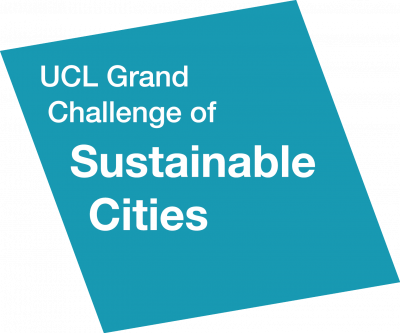Digital Twin Creation for Urban Building Energy Systems
A Sustainable Cities collaboration which brings the Institute for Environmental Design & Engineering together with Statistical Science to improve the creation of digital twins of the built environment
1 September 2021
Virtual representation and reproduction of urban building energy systems (UBES) are pivotal to create better understandings of the effects of new technologies and interventions and climate changes on energy consumption and environmental emissions. The objectives of Digital Twin Creation for Urban Building Energy Systems include:
- A roadmap that integrates machine learning techniques into traditional engineering-based methods for UBES digital twin creation
- Using data from the UCL campus to demonstrate the importance of machine learning in the creation of UBES digital twin
The team reviewed existing building energy modelling approaches to conclude their strength and weakness from the perspectives of inputs required, reported outputs and their performances and functionalities (e.g., load prediction). Considering that data is the bedstone for the modelling, existing data pre-processing methods in buildings were comprehensively reviewed.
Preliminary research was conducted to develop a data disaggregation method using statistical and machine learning techniques to reconcile the meter data of buildings to ensure the data granularity acceptable for the subsequent data-driven modelling tasks. The developed method was tested based on a campus building.
 Close
Close


